ELECTRIC, WITH AN EDGE
The 10kv distribution transformer is a static electrical appliance that transforms AC current and voltage based on the law of electromagnetic induction in the power distribution system to realize the transmission of AC power energy. The protection configuration is the guarantee for the smooth and safe operation of the 10kv distribution transformer. When configuring the 10kv distribution transformer protection, you can choose a circuit breaker, a fuse, a load switch + fuse and other methods according to the actual situation, each of which has its own advantages and disadvantages.
In the power system, the distribution transformer is one of the most important electrical equipment, and its operational safety has a direct impact on the continuous stability of the entire power system. In the context of increasing power system capacity and increasing voltage levels, higher requirements have been put forward for the safety, reliability, sensitivity, and rapidity of the protection of distribution transformers.
A detailed explanation of 10kv transformer and specifications
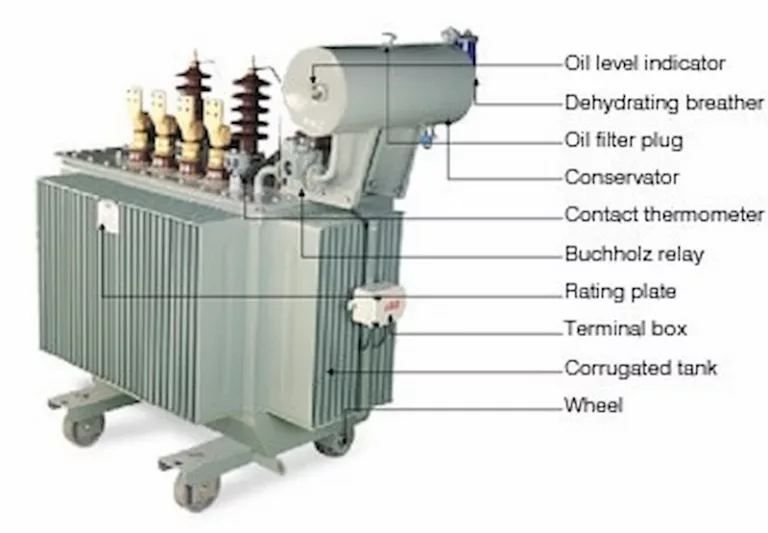
Whether in Pad-mounted transformer, ring network power supply units, or end-user high-voltage room wiring, once a 10kv distribution transformer has a short-circuit fault, the protection configuration can accurately remove the fault in a short time, ensuring 10kV high-voltage switchgear, 10kv distribution The electric transformer runs smoothly.
In the context of the continuous expansion of the 10kV power grid, the network architecture is becoming increasingly complex, and the requirements for power system operation control and power transformer protection devices are also increasing, which has brought unprecedented challenges to the development of 10kV distribution transformer protection configurations.
Judging from the operation of 10kV distribution transformers, although the relay protection action rate has shown an upward trend year by year, the correct action rate of 10kV distribution transformer protection is low, and there is still a big gap compared with the line protection in the same period. This is mainly due to improper configuration of 10kV distribution transformer protection.
In the large-capacity 10kv distribution transformer, the circuit breaker is a kind of short-circuit protection switch with higher application frequency. It has the excellent characteristics of many breaking times, good protection performance, and large breaking capacity. It is used in transformer protection in a large area, but the price Relatively high.
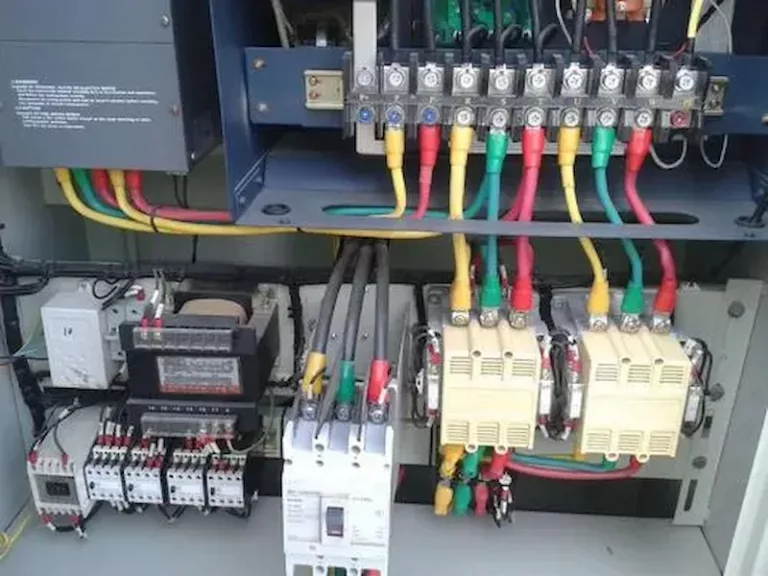
In essence, a circuit breaker is a switchgear that can connect and cut off the line under normal operating conditions, and cut off the faulted line in the event of a short-circuit fault. It includes a control room, an arc extinguishing chamber, a conductive main circuit, and an insulator support. , Operating mechanism and other parts.
Generally, when the circuit breaker is configured, it is necessary to configure the corresponding relay protection system device for it, so that when the protected 10kv distribution transformer fails, the relay protection system accurately issues the tripping instruction to the circuit breaker at the first time.
This prompts the faulty 10kv distribution transformer to be disconnected from the power system in time, reducing the damage of the fault current to the 10kv distribution transformer and the negative impact on the entire power system.
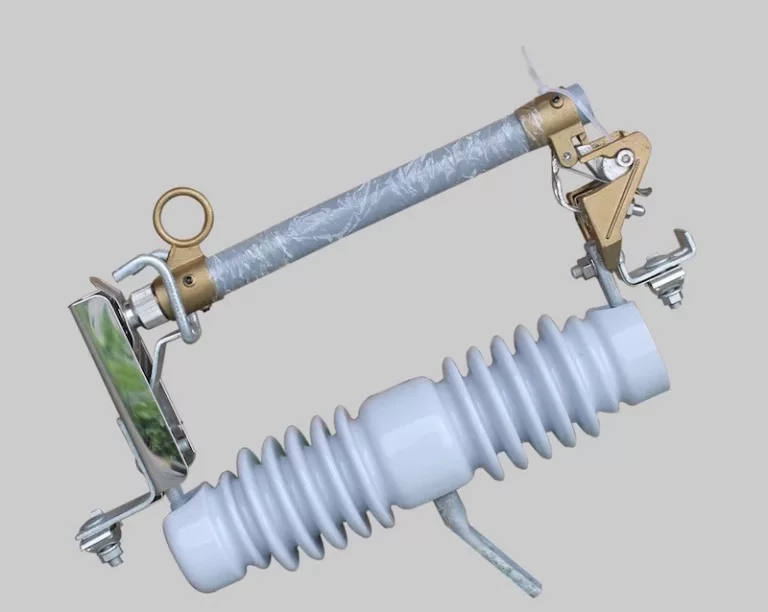
In the process of 10kv distribution transformer protection configuration, the commonly used type is drop-out fuse (short-circuit protection switch). Because of its prominent disconnection point, it can perform isolation switch function and provide a safe working environment for 10kv distribution transformer maintenance. , It has excellent characteristics such as convenient operation, economy, and strong adaptability to outdoor environments. It is widely used in the primary side protection configuration of 10kv distribution transformers. It is suitable for non-corrosive gases, ambient air without conductive dust and flammable and explosive environments (annual The temperature difference is within ±40.0℃).
Although the fuse can break the short-circuit current, the rated voltage of the protected 10kv distribution transformer must match the rated voltage of the fuse, and the three-phase short-circuit capacity of the protected 10kv distribution transformer is between the upper and lower limits of the rated breaking capacity of the fuse Once the upper limit of the rated breaking capacity of the fuse is too large, the arc will not be smoothly extinguished when the melt is blown, which will eventually cause the fuse tube to burn and explode.
The high breaking current-limiting fuse is mainly used to switch the rated load current and break the short-circuit current to meet the operation protection needs of various normal and fault operation modes of the power distribution system. It has the advantages of simple structure and low price.
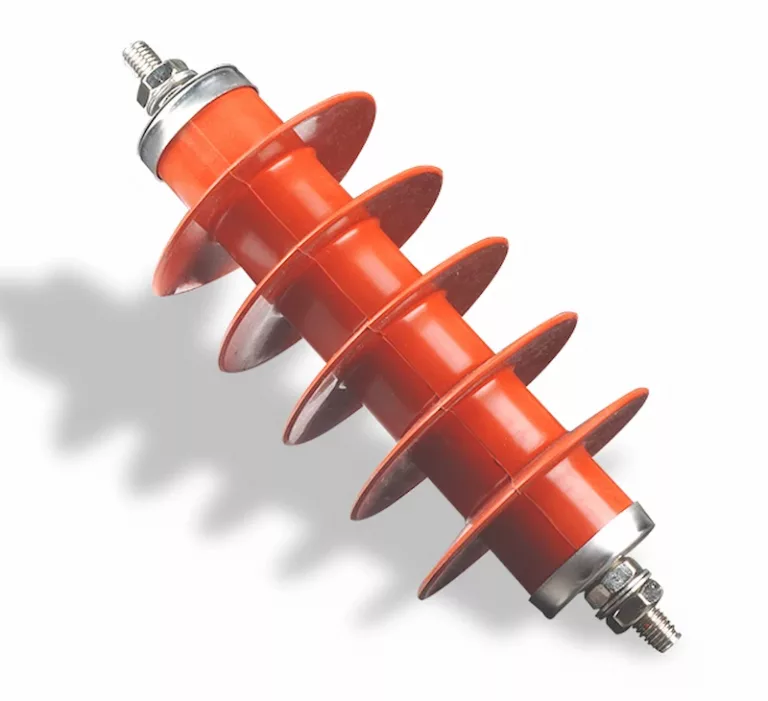
In the high-breaking current-limiting fuse, the load switch is mainly responsible for the opening and closing of the normal load current and the overload current cut off within the rated breaking current range of the load switch, and the fuse is responsible for the short-circuit protection of the high voltage side of the distribution transformer , Overload protection. Through the cooperation of the two, it can not only meet the operation protection requirements of 10kv distribution transformer during normal operation and fault operation, but also simplify the combination of 10kv distribution transformer protection devices and reduce the cost of protection configuration.
Through a comprehensive comparison of the performance of circuit breakers, fuses, load switches + fuses, the results can be obtained as shown in Table 1:
| Performance comparison | Circuit breaker transformers | Fuse | High breaking current limiting fuse |
| Can it carry rated current | √ | √ | √ |
| Can the rated current be interrupted | √ | √ | √ |
| Can the short-circuit current be interrupted | √ | √ | √ |
| Can it withstand short-circuit current | √ | √ | √ |
| Can you achieve remote control? | √ | × | √ |
| Can the short-circuit current be closed? | √ | √ | √ |
| Can the transformer current be interrupted | √ | √ | √ |
It can be seen from Table 1 that from the perspective of 10kv distribution transformer protection configuration, the protection performance and operation performance of the circuit breaker are in a relatively complete state. However, compared with the fuse, load switch + fuse protection configuration mode, its price is higher;
The protection performance gap between the fuse and the circuit breaker is not obvious. Although the fault current can be interrupted and the price is generally at a relatively low level, the protection performance is in a weak state and remote control cannot be achieved.
In addition, due to the rough process of drop-out fuse products in the real environment, the elasticity of the contact spring is at a low level, and problems such as missing melt and excessively long fuse tube frequently occur, resulting in failure of the fuse tube after the melt is blown. Falling in a short period of time, resulting in a high failure rate of the distribution transformer;
The load switch + fuse combination can disconnect the short-circuit current while achieving protection performance consistent with the performance of the circuit breaker, and the price is much lower than that of the circuit breaker, which can reduce the capital investment cost of 10kv distribution transformer protection configuration.
Considering that the melt of the three-phase fuse of the Load switch + fuse configuration has a time difference, if there is a pre-opening of one phase, it will cause the other two-phase fuses to have not been extinguished and opened and the striker will act. This in turn encourages the load switch to take on the task of cutting off the fault current.
In order to avoid the above problems, it is necessary to check the transfer current before configuration. That is to say, the three-phase symmetrical current of the fuse and load switch conversion function stage is the object. When the value is lower than this value, the fuse is responsible for one-phase current breaking, and the load switch is responsible for the other two-phase current breaking. Otherwise, they are all broken by the fuse.
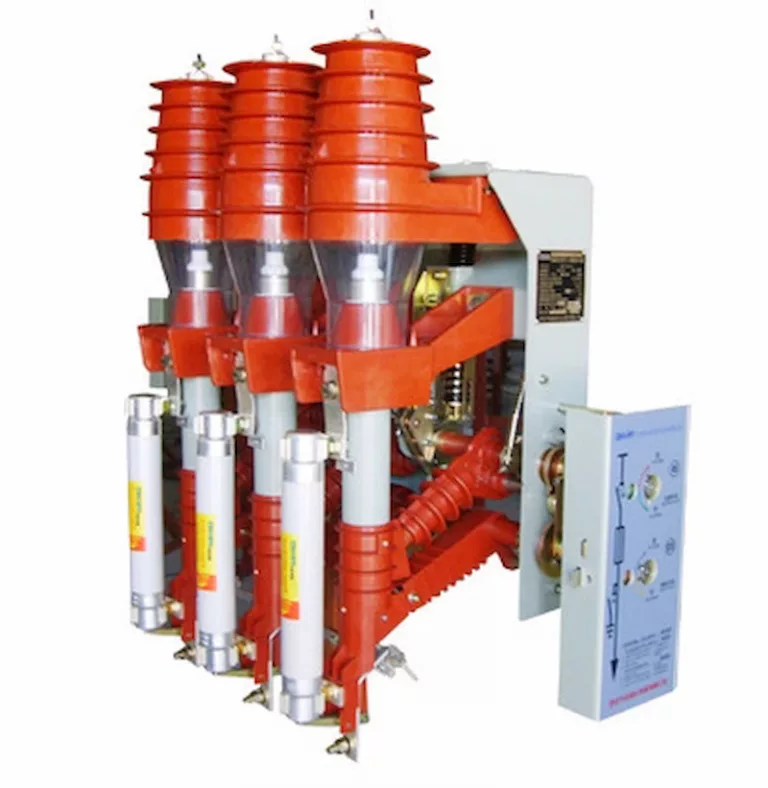
After confirming that the transfer current is correct, the appropriate transfer current index can be selected in a place with an altitude of below 1000m, no explosion, fire, chemical corrosion, severe pollution, and frequent severe vibration at -25℃~+40℃. The current at the intersection point of the relay protection action characteristic of the excitation release action and the fuse ampere-second characteristic).
Generally, it is necessary to select a load switch with a higher transfer current parameter in order to reduce the number of fuse actions and the frequency of fuse replacement, and improve the technical and economic value.
For example, for an S9/850/10 transformer, the rated capacity is 630kVA, the rated voltage ratio is 10/0.5kV, and the impedance voltage percentage is 4.5. If the high-voltage impedance of the system is ignored, the impedance of the distribution transformer is: 4.5×102 /(100×0.63)=7.14Ω. Assuming that the secondary side terminals of the transformer are short-circuited, the maximum three-phase short-circuit current on the high-voltage side is: 10/(31/2×7.14)=800A.
According to the definition of the transfer current and the breaking characteristics of the load switch, it can be controlled within 70% of the short-circuit current, that is, the actual transfer current is 800×70%=560A. Insulated frequent load switches can be selected.
Similarly, according to the three-phase short-circuit capacity of the protected system, a fuse whose melt rated current is 1.5 times or more and 2 times or less of the rated load current can be selected. Generally, when the rated capacity of a 10kv distribution transformer is 630kVA, the rated current of the fuse is 63A.
From the above analysis, it can be seen that the load switch + fuse combination can not only meet the operating requirements of 10kv distribution transformers in normal operation and fault operation, but also reduce the cost of 10kv distribution transformers and simplify the protection configuration structure of 10kv distribution transformers.
Although the circuit breaker has high switching performance, its structural design is more complicated, the parameter setting requirements are stricter, and the cost is more expensive. The rated breaking capacity of the fuse is small, and the lower limit (20MVA) needs to be below the three-phase short-circuit capacity of the 10kv distribution transformer to be protected.
In summary, after years of operation tests, it is concluded that the 10kv distribution transformer protection configuration scheme is consistent with the principles of quick action, reliability, sensitivity, and selectivity. For regional stations, the operating time is within 1s, which can ensure the thermal stability of 10kv power system equipment and lines. Compared with inverse time overcurrent, it has the advantages of small error, precise action time, good selectivity, and easy setting, and there is no misoperation after multiple actions, which can effectively guarantee the reliability of power resource supply.
When you need to find more than just existing transformers, Daelim’s Transformer Service Center can help you design and produce distribution transformers that meet your unique needs.
We have our own factory and a professional team of engineers, which can design and modify application requirements that meet all your conditions.
Download Resource
ELECTRIC, WITH AN ENGE-- DAELIM BELEFIC


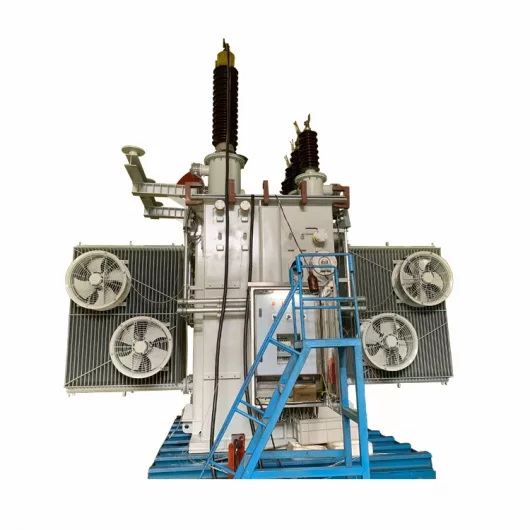
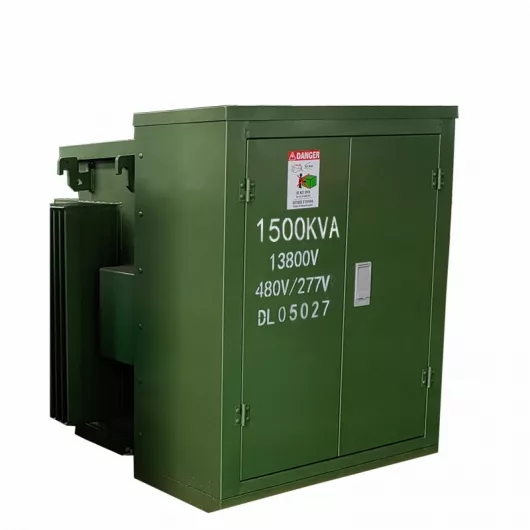
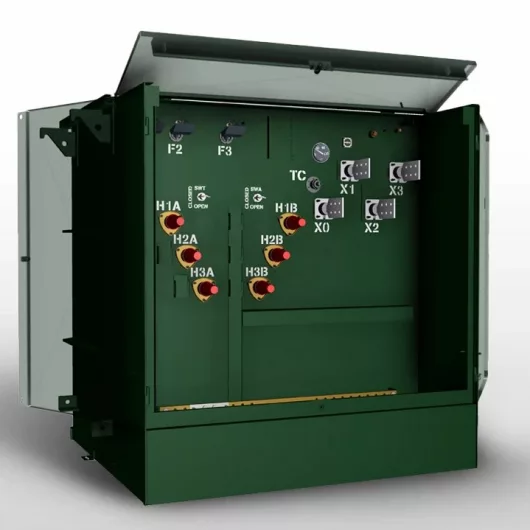
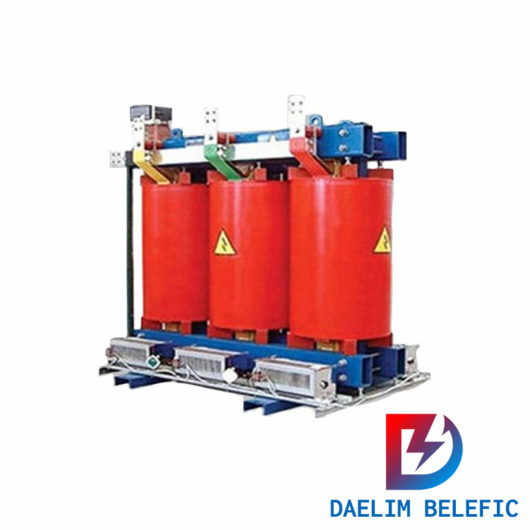
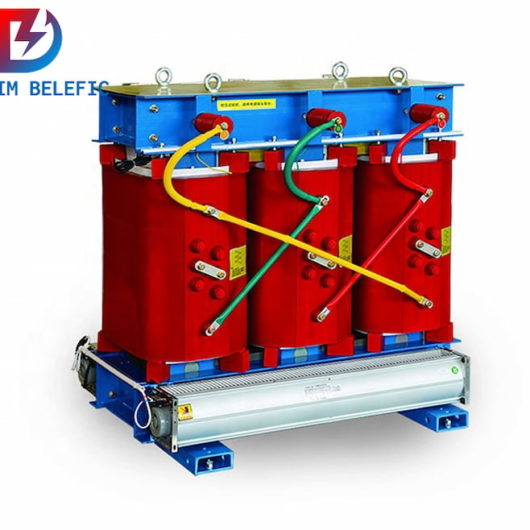

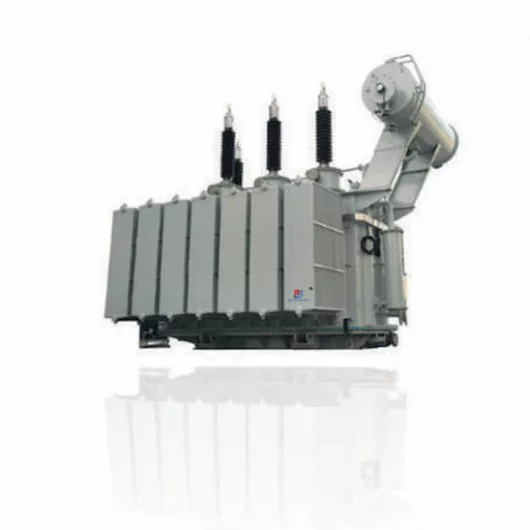
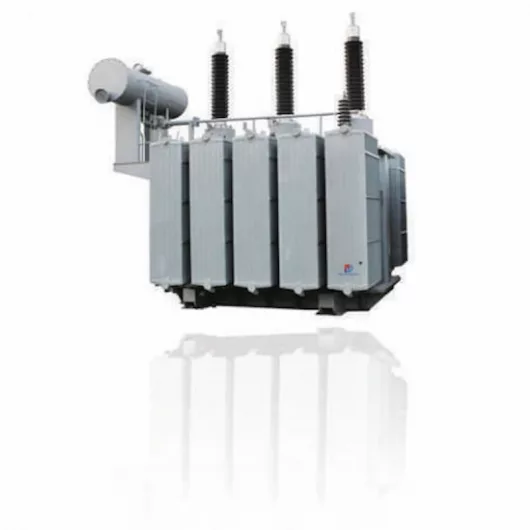


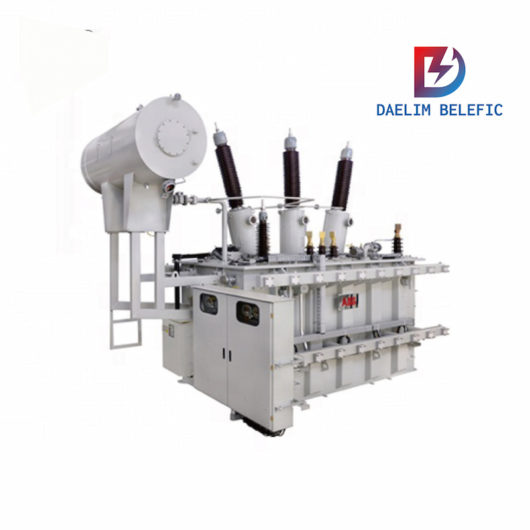
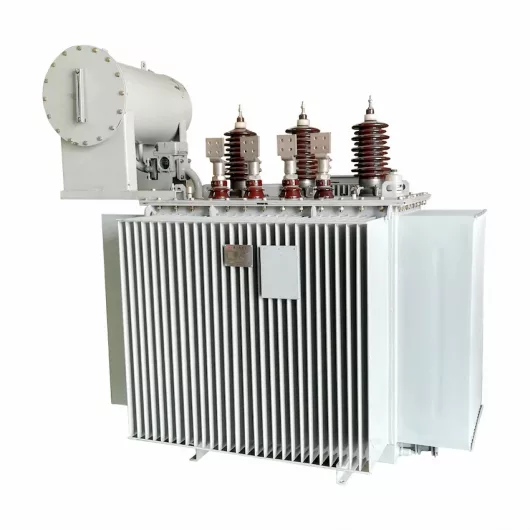

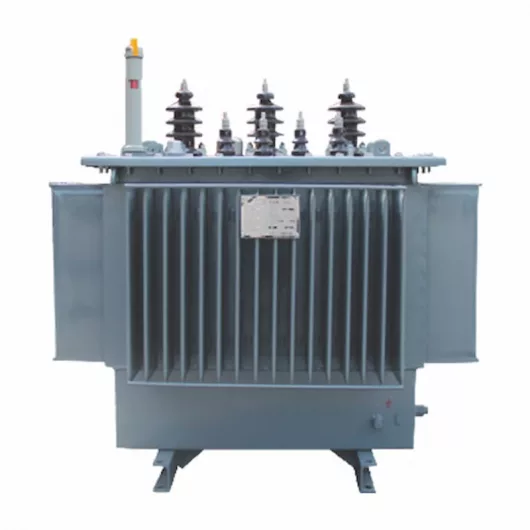
After filling in the contact information, you can download the PDF.